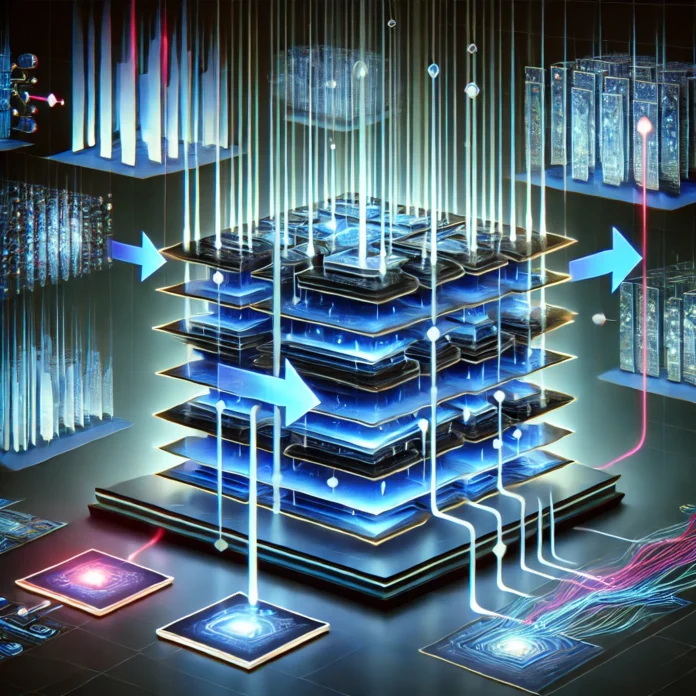Deep learning models, especially convolutional neural networks (CNNs), have driven significant advances in computer vision. However, training very deep neural networks has been a challenge due to problems such as vanishing gradients and optimization difficulties. The breakthrough presented by Kaiming He and his team in the paper “Deep Residual Learning for Image Recognition” introduces the concept of residual learning, which has dramatically improved the performance of deep networks.
The Challenge of Depth in Neural Networks
Before the introduction of residual networks (ResNets), increasing the depth of a neural network often led to diminishing returns. While deeper models can represent more complex functions, they also encounter training difficulties, such as degradation in accuracy. This problem was largely attributed to the inability of the optimization algorithms to effectively learn very deep networks.
The Innovation: Residual Learning
The key innovation of ResNet is the introduction of residual learning. Instead of learning an unreferenced mapping, each layer in a ResNet learns the residual (or difference) from the input. Formally, if a layer’s input is xxx, instead of directly learning H(x)H(x)H(x), the layer learns F(x)=H(x)−xF(x) = H(x) – xF(x)=H(x)−x, where the final output is computed as F(x)+xF(x) + xF(x)+x. This structure significantly eases the learning process, allowing deeper networks to train effectively.
Residual Block: The Building Block of ResNet
A residual block typically consists of a few convolutional layers and a shortcut connection that bypasses these layers. This shortcut performs identity mapping and adds the input directly to the output of the stacked layers, thereby simplifying the optimization. These identity shortcuts are key to mitigating the degradation problem associated with deeper networks.
Empirical Success: ImageNet and Beyond
The paper provides comprehensive empirical evidence showing that residual networks are not only easier to optimize but also more accurate. On the ImageNet dataset, the authors trained a ResNet with 152 layers, which achieved a top-5 error rate of 3.57%, winning the ILSVRC 2015 competition. ResNet’s performance also extended to tasks beyond classification, including object detection and segmentation, where it achieved significant improvements on datasets like COCO.
Why Residual Networks Matter
Residual networks have transformed the landscape of deep learning by enabling the training of extremely deep models without the issues that plagued earlier architectures. By facilitating the flow of gradients through deep networks, ResNets ensure that deeper models can continue to improve performance. This breakthrough has influenced subsequent research and is now a foundational technique in many state-of-the-art models across various domains.
Conclusion
Deep residual learning has redefined the limits of neural network depth, allowing for the development of models that are both deeper and more powerful than ever before. This innovation has not only won prestigious competitions but also laid the groundwork for future advancements in deep learning.




